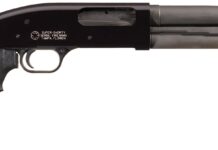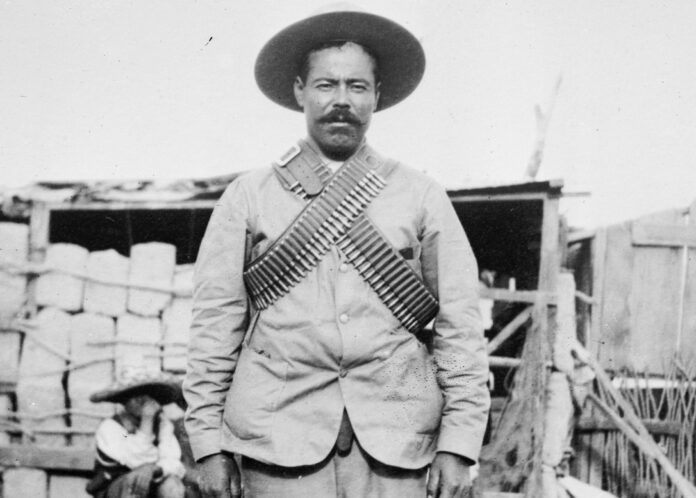
There is lots and lots of gear that was historically fielded and later faded away. Things like drop pouches for revolver rounds and steel pot helmets. Some stuff just ages out, but other pieces of gear can adapt and keep up. Things like slings, equipment belts, and beyond have adapted and remain useful. Have bandoliers been able to keep up? Are they still relevant?
What’s a Bandolier?
Bandoliers are a minimalistic load-bearing option for carrying extra ammunition. They fit across the body and allow the user to access their ammo quickly. Depending on the design, bandoliers can be worn across the body or the waist as a traditional belt.
Bandoliers first showed up in the 15th century. They rose to popularity at the same time that viable handheld firearms became available. Bandoliers held flasks full of powder to charge rifles. Bandoliers increased the shooter’s ability to safely and rapidly ready their weapon for the next volley.
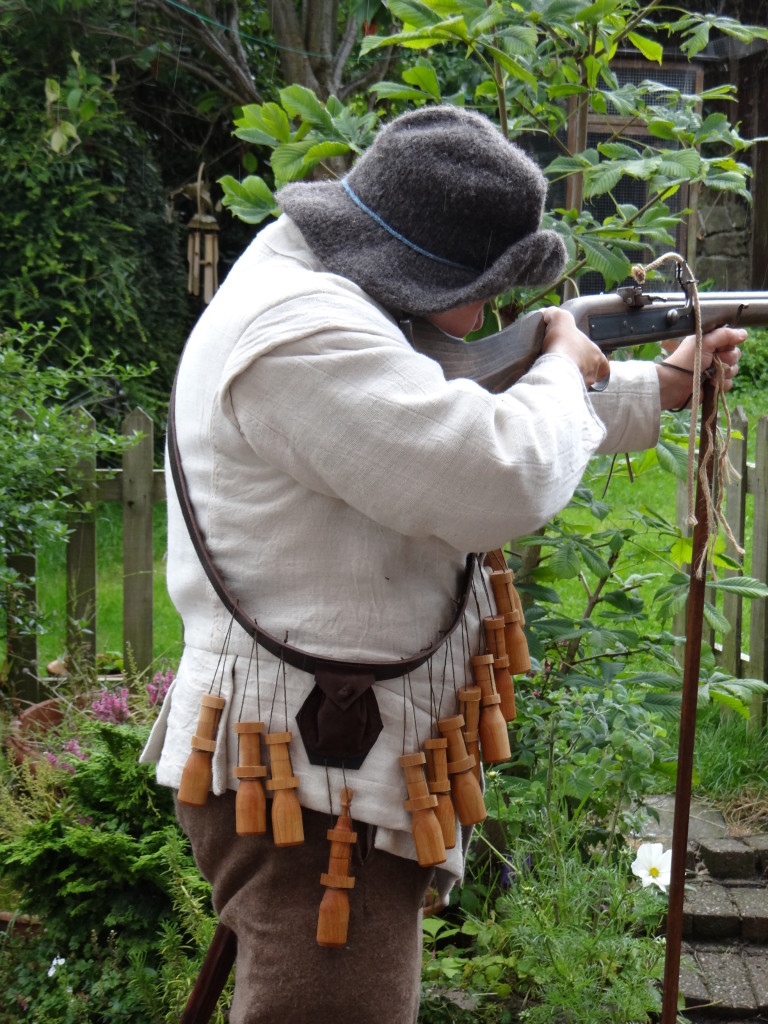
As guns evolved, so did bandoliers. In some cases, bandoliers didn’t hold extra ammo but held extra guns. Braces of pistols were fielded by sailors and pirates alike for close-quarters fighting. As paper cartridges became popular, the bandolier evolved into a cross-body bag that carried extra paper cartridges.
The bandolier became more popular as we moved into cartridge-based firearms, where the revolver and lever gun dominated. Famed users like Pancho Villa wore cross-body bandoliers full to the brim with rifle rounds. These old-school bandoliers could carry a revolver, rifle, or shotgun rounds. These are the stereotypical cowboy bandoliers in which every spaghetti western adorns their cowboys.
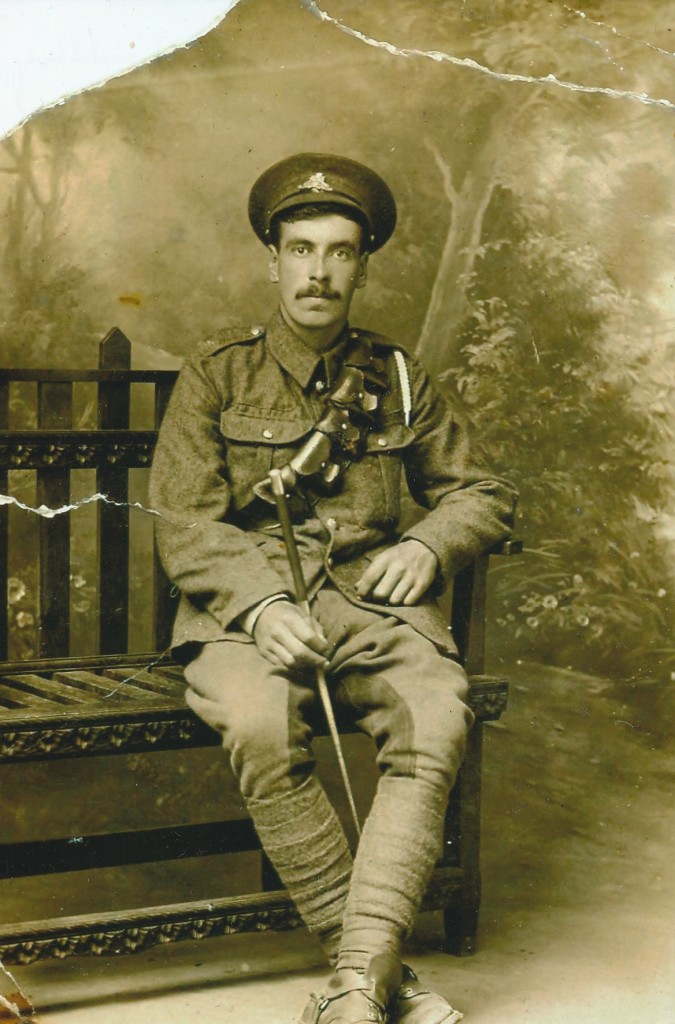
In the modern era, bandoliers evolved to carry stripper and En Block clips. The belts from belt-fed machine guns act as natural bandoliers, and soldiers can easily carry linked ammo across their bodies.
As the rise of detachable magazine weapons grew, the bandolier shrunk. Belt systems that used attached pouches and Y Harnesses grew, chest rigs rose, and eventually MOLLE laden body armor became the standard with a side of dedicated chest rigs. The bandolier faded, but not entirely.
The Modern Bandolier
The Army and Marine Corps kept bandoliers lying around. I don’t just mean the cheap cloth bandolier that comes with military rifle and machine gun ammo. The Army and USMC had dedicated three-cell, dual magazine pouch bandoliers made to carry up to six magazines separate from body armor and dedicated battle belts.
Admittedly, these didn’t get much use. I can’t find any photos of GWOT-era troops carrying them. Not much use, but some. My squad leader was a huge fan of bandoliers, namely for resupplying ammo to someone who went Winchester in a fight.
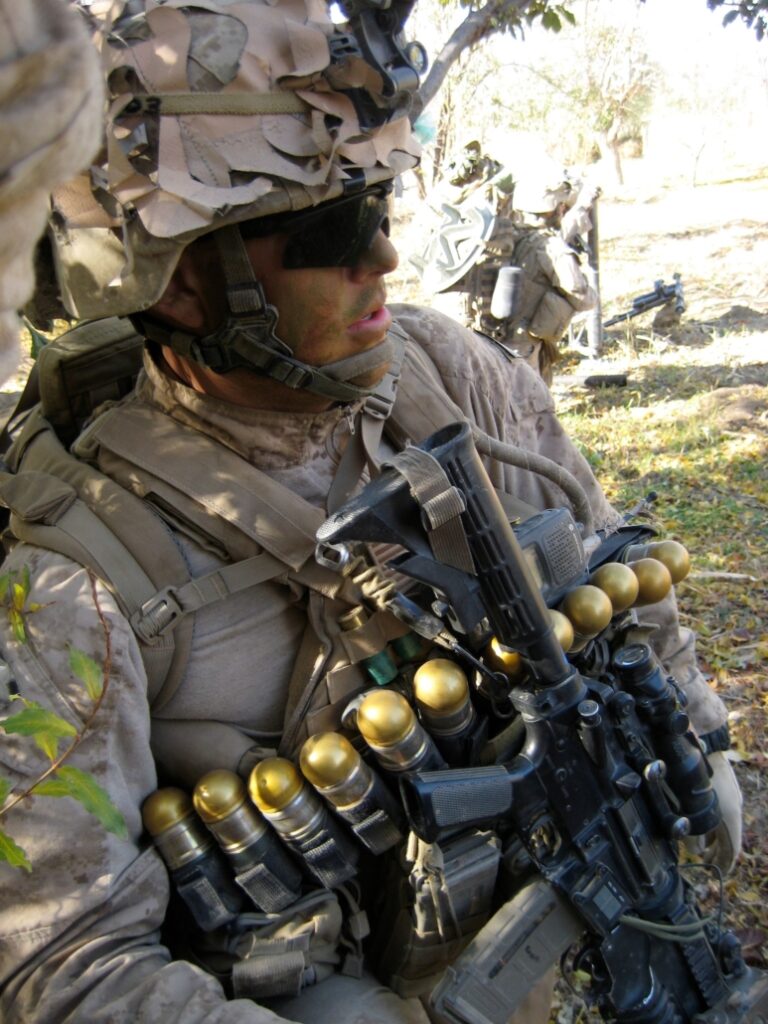
He brought a USMC-issued bandolier to Afghanistan and loaded it down with six mags, and it went in our squad’s boom bag just in case. I also carried two hundred rounds of 7.62 linked in those cheap Lake City-provided bandoliers, and they held up surprisingly well. The main exception to GWOT bandoliers is 40mm bandoliers which became popular for grenadiers.
Still, do modern bandoliers have a place in the military? Not really, in niche roles I think they’re great, but the mounted magazine pouch is more effective, efficient, and intuitive. But what about everywhere else? Is there room for a modern bandolier?
The Argument for the Bandolier
There is plenty of room for the modern bandolier as a minimalist piece of kit that can be quickly and easily tossed on when needed. The most modern option out there comes from IC13 and is known as the INVRT Bandoleer. This setup uses a mix of old and new school to create a modern piece of tactical gear that uses MOLLE to attach pouches of all kinds.
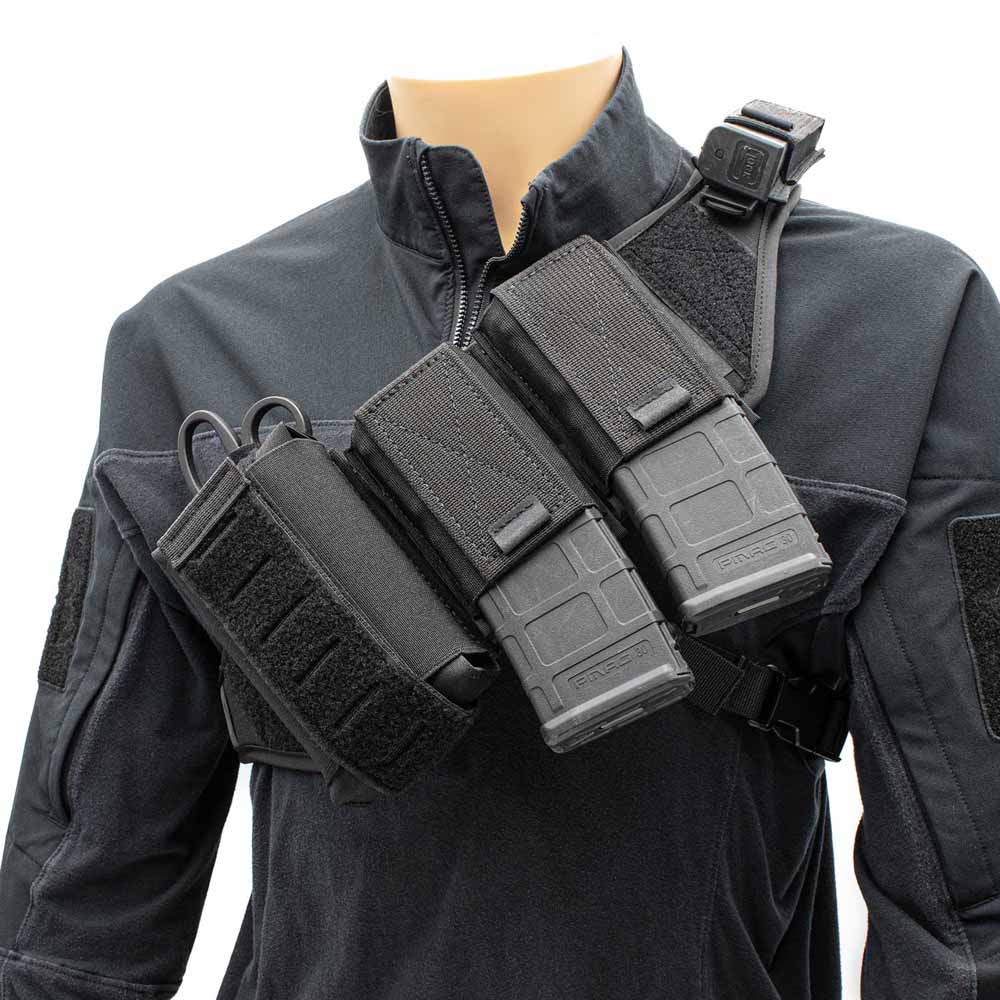
Tuff Products also produces a Bail Out Bandolier, which allows you to carry a ton of extra ammunition. Blue Force Gear also produces Ten-Speed bandoliers. Vertx produces a low-profile bandolier called the Firebase Parabellum. My point is that while niche, there are options out there.
If you need extra ammo in a hurry, you toss this on and go. A bando is faster than a belt or chest rig and offers an advantage to a few different users.
The most obvious to me is a police officer responding to a violent situation who is deploying a long gun. Suppose they need to take down an active shooter and want more ammo. Grab the rifle, and you can throw the INVRT on as you respond to the sound of gunfire.
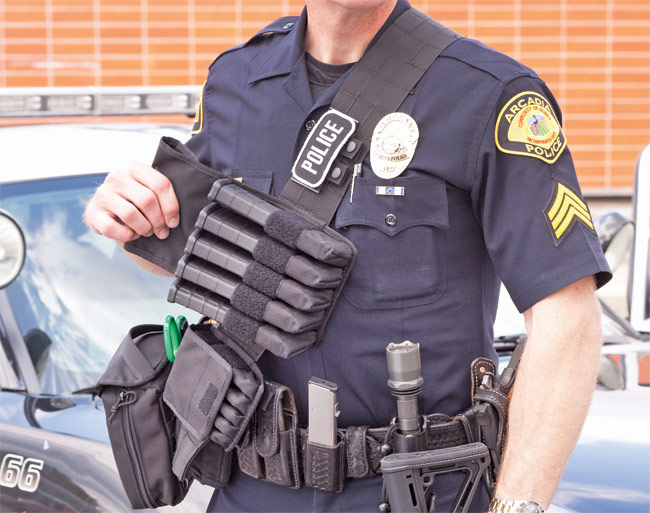
The second is the PDW carrier. PDW nerds are a weird bunch, but if you’re willing to carry a PDW, you’re probably willing to carry a reload, a medical kit, and similar items. A bandolier is much smaller than a belt, chest rig, or plate carrier. (It’s me, I’m a PDW nerd.)
It’s also a great way to stash ammunition to bug out. If an emergency happens and you wisely want to bring more ammo, grab the bando and go!
A Niche Role
Niche gear is niche gear, but the bandolier’s low profile, minimalist nature makes it easier to carry, stash, and use when needed. The bandolier might not be a front-line piece of gear, but I think it’s a useful piece of kit that could be helpful when you just need a little extra ammo, and you need it quickly.


